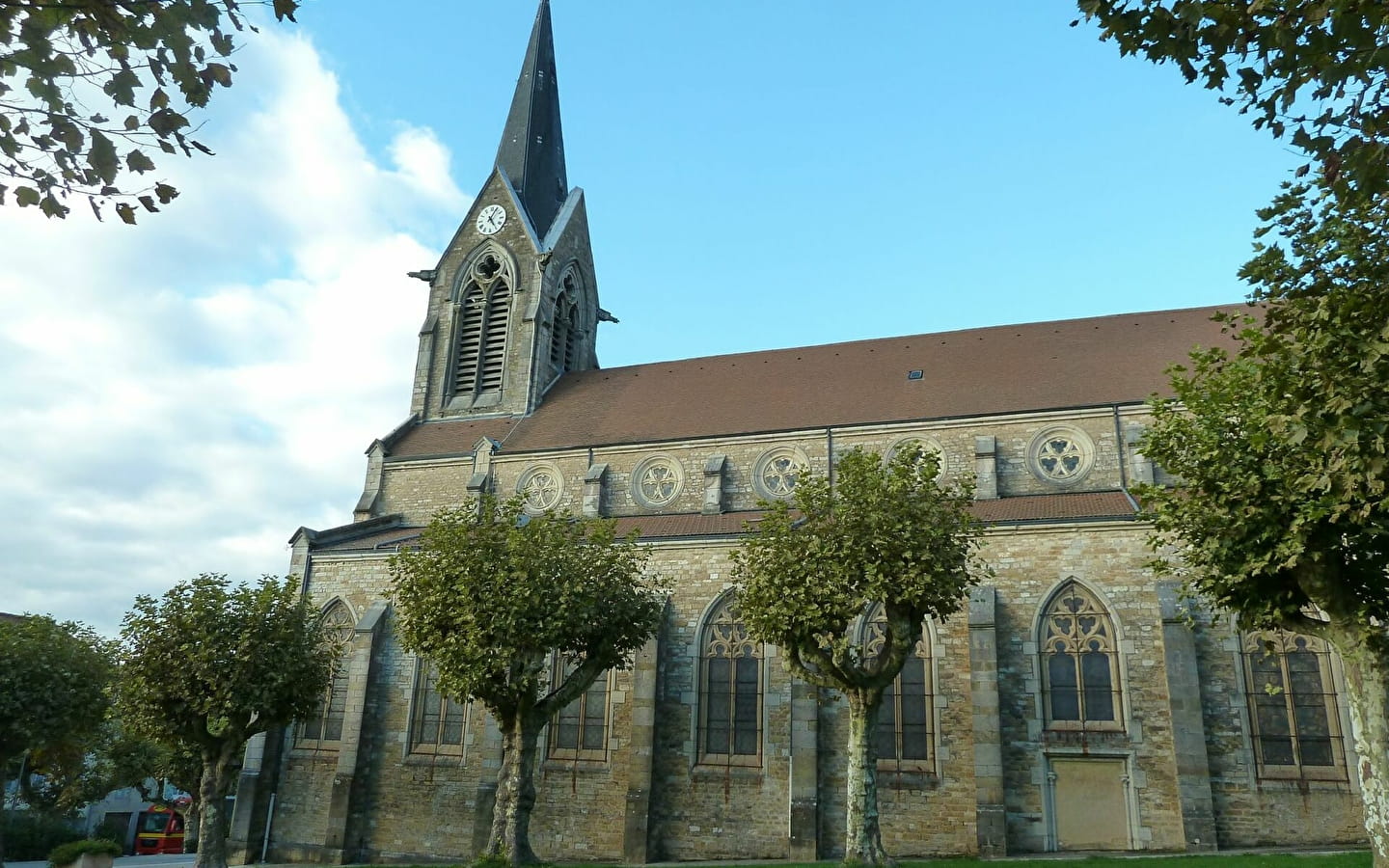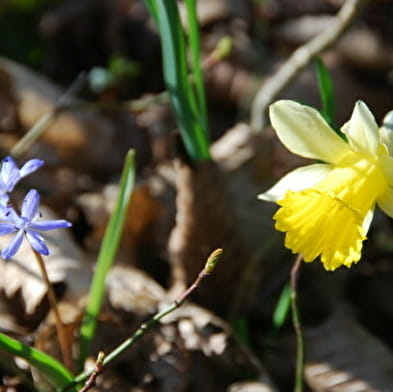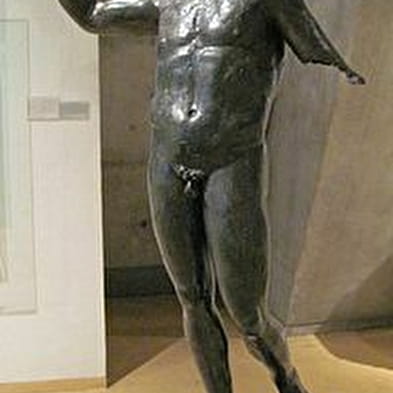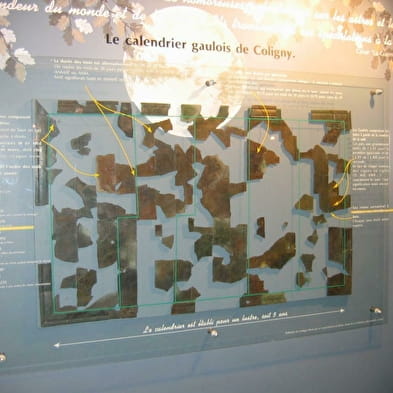
Village de Coligny
This Roman colony was very active, as it was on the communication route between Lugdunum (Lyon) and Germania and also on the route to the Alps. During the Carolingian period, when feudalism was established, the Manassès lords imposed themselves under the suzerainty of the Counts of Burgundy (around 863). The most brilliant period of the seigniory was between the 12th and 13th centuries, marked by a lightning expansion along the Revermont to the banks of the Rhône. The Sires of Coligny became the guardians of all the passages leading from the plains of the Saône to the Bugey.
The Coligny family was one of the oldest families of the French nobility and formed several branches. The family, extinct at the very end of the 17th century, gave two marshals, a lieutenant-general of the infantry and two admirals to France, as well as a cardinal, a bishop of Beauvais and an archbishop of Lyon. The most illustrious of these was the French admiral Gaspard II de Coligny (1519-1572), a loyal courtier to kings François I, Henri II and Charles IX. He was the first and most famous victim of the St Bartholomew's Day massacre.
The feudal castle was dismantled in the 15th century by the French troops of Louis XI: nothing remains today. However, the medieval past can still be seen in some of the houses. The central square is closer to the present day with an architectural ensemble decided in 1855, which includes the granary, the town hall, the school (the Post Office today) and the public weighbridge.
But the most admirable feature is the aiguayoir (1811). This large basin was intended for the bathing of the horses making up the carriages that took the "salt route" and stopped at Coligny. They entered the water up to their bellies to wash and refresh themselves. It is fed by the overflow of the Tilleuls fountain, whose clear water comes from the Goubey spring. In the aiguayoir, the water can rise up to one metre. Visitors to the famous old-fashioned Bresse Fair (first Tuesday in August) can admire the Comtois horses snorting happily.
As far as religious heritage is concerned, the commune has a significant number of crosses, one of which adorns the Marian monument located at the southern entrance to the village. Erected in 1857 in the old cemetery, it is neo-Gothic in style and has seventeen statues, including the prophets Moses, David, Isaiah and Ezechiel, and in the central place, the Virgin Mary.
In the centre of the village, the church of Saint-Martin, partly rebuilt in the 19th century (nave) but which has retained its original appearance. (nave) but which has kept its 15th century gothic choir. Document to visit inside.
- Pets not allowed
- Picnic area
- Parking
From 01/01/2025 to 31/12/2025










